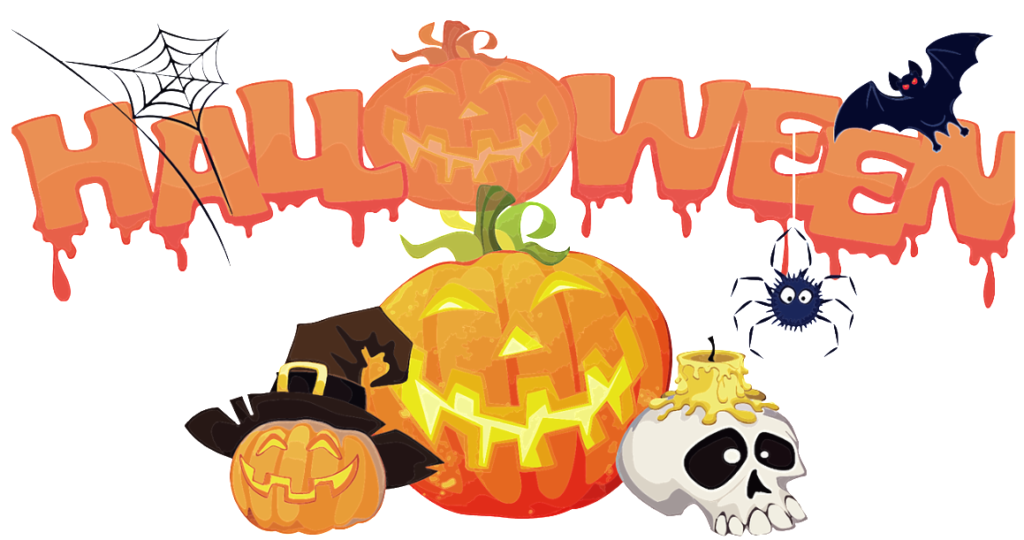
Happy Halloween! –
Ladner and Tsawwassen are gearing up for Halloween in the usual manner.
Spreading fake spider webs, digging grave plots in front yards, carving elaborate
shapes into pumpkins -Halloween season is here. To celebrate this spooky time, Go
Green Pest Control and Exterminators gives you the top five creepiest bugs you
can find in your home.
1. Asian giant
hornet has a wingspan of 3 inches and a stinger that is ¼” long, used to inject venom into the
victim’s body. An individual hornet can kill forty honey bees per minute, that’s
2,400 in an hour.
2. Black Widow
Spiders are notorious killers – as the name and reputation actually come from
the females’ habit of eating her male counterpart after mating. Their bite most
likely won’t kill you, but it will cause some severe pain.
3. Earwigs get
their name because they use their pinchers to burrow through the ear canal into
the brains. Of course, this creepy pest fact is that myth behind its namesake
is totally bogus.
4. Camel Crickets
get their nickname from their back legs, since they resemble those of larger
spiders, leading to myths of mutant spider-crickets. Camel crickets jump toward
people when they feel threatened.
5. Spider Beetles are a common pantry pest that look more like large mites, since the creatures are so small they can infest all kinds of pantry products quickly without being seen. Freezing or throwing away the infested product is a good way to get the bugs out of your pantry. And, they can live for over 8 years without water.
https://www.delta-optimist.com/opinion/blogs/blog-halloween-s-creepiest-pests-1.23993725
gogreenpestcontrol.ca insectandrodentexterminators.com Delta Ladner Tsawwassen B.C., Randy Bilesky BsF CPA RPF
https://www.linkedin.com/pulse/halloweens-creepiest-pests-randy-bilesky/?published=t